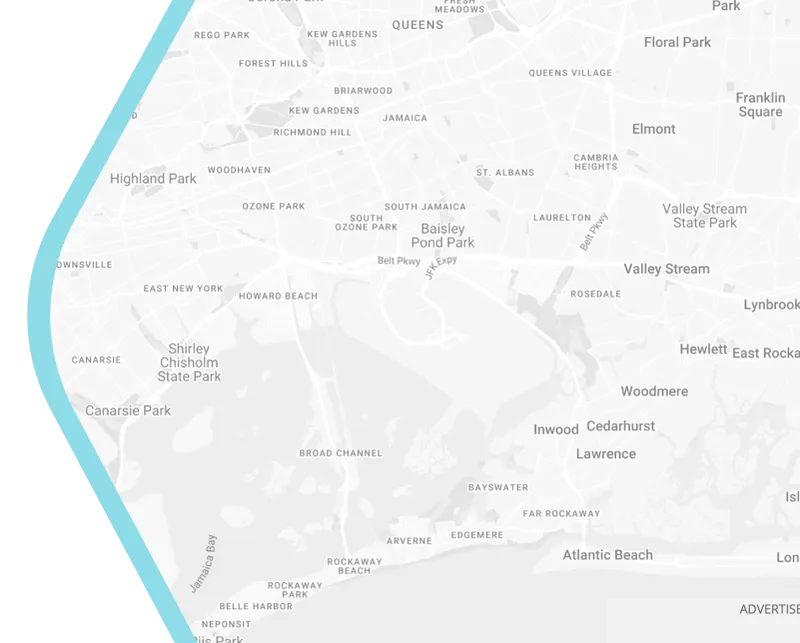
Enhancing Urban Life Smart City Solutions Powered by Nature and Tech
As cities swell with populations and technology reshapes urban landscapes, a quiet revolution is unfolding—one where concrete jungles and digital innovation harmonize with the rhythms of nature. Biophilic design, the practice of integrating natural elements into built environments, is emerging as a cornerstone of modern smart city solutions. From Sydney’s vertical gardens to Melbourne’s sensor-driven urban forests, cities are proving that technology and nature aren’t rivals but partners in crafting livable, sustainable futures.
The Rise of Biophilic Design in Urban Planning
The term “biophilia,” coined by biologist E.O. Wilson, describes humanity’s innate connection to nature. Today, this concept is reshaping smart cities. Imagine walking through a metropolis where buildings breathe with living walls, parks double as carbon sinks powered by IoT sensors, and rooftops bloom with solar-paneled gardens. These aren’t utopian fantasies—they’re realities in cities like Singapore and Copenhagen, where biophilic principles are woven into urban DNA.
For city planners and developers, the appeal is clear: biophilic design reduces urban heat islands, improves air quality, and boosts mental well-being. But when fused with smart tech—think AI-driven irrigation systems or biodiversity-monitoring drones—it becomes a scalable solution for cities grappling with climate change and overcrowding.
Where Nature Meets Technology Case Studies from Australia
Australia, a leader in smart city innovation, offers compelling examples. In Melbourne, the Urban Forest Strategy uses data analytics to map tree health across the city, ensuring canopy cover thrives alongside skyscrapers. Sensors embedded in soil monitor moisture levels, while residents track green spaces via a civic app—a blend of community engagement and cutting-edge tech.
Sydney’s Central Park redefined urban living with its vertical gardens spanning 1,200 square meters. These living façades aren’t just aesthetic marvels; they’re integrated with rainwater harvesting systems and solar panels, slashing energy costs by 25%. Meanwhile, Brisbane’s Green Bridges project connects neighborhoods with pedestrian pathways lined with native flora, equipped with smart lighting that adapts to foot traffic.
Overcoming Challenges Equity and Scalability
Critics argue biophilic design risks becoming a luxury for affluent neighborhoods. Yet cities like Adelaide are disproving this. Their Nature in the City program prioritizes green spaces in underserved areas, using low-cost sensor networks to maintain parks and engage communities. Technology here isn’t a barrier but a democratizing force—ensuring all residents reap the benefits of nature-infused urbanism.
Scalability remains another hurdle. Retrofitting aging infrastructure with biophilic tech demands investment, but the long-term payoff is undeniable. Studies show green buildings command higher property values, while cities with robust biophilic networks report up to 15% lower healthcare costs linked to pollution and stress.
The Path Forward Collaborative Innovation
The future of smart cities lies in collaboration. Architects, tech providers, and policymakers must co-create solutions that honor both ecological balance and digital progress. Imagine a Sydney suburb where drone-planted trees grow alongside 5G-connected benches that charge phones using solar energy—a vision already taking shape in pilot projects nationwide.
